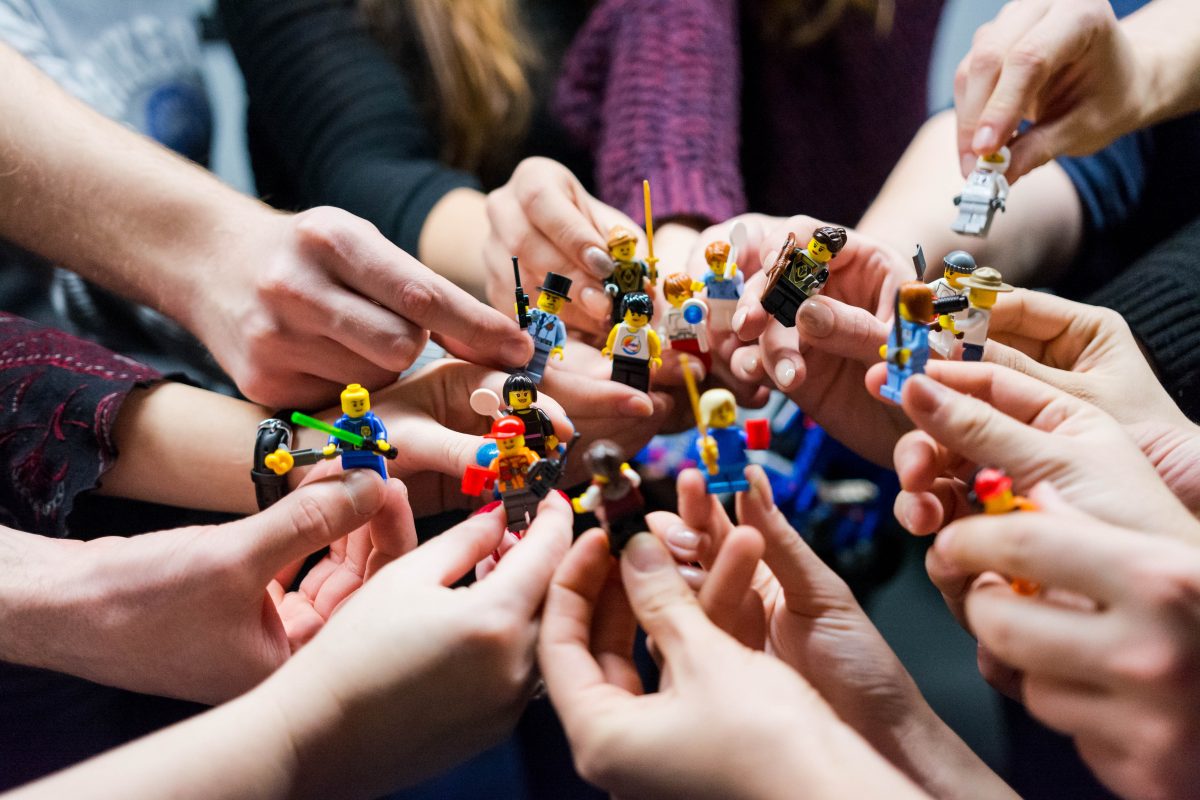Helping Your Child Develop their Fine Motor Skills
This is a collaborative post. Thank you for supporting the posts which make this blog possible.
Fine motor skills are something that we develop during childhood, so that they eventually become second nature. Simply put, fine motor skills are when we use the small muscles in our hands and wrists to carry out basic tasks, like holding and controlling cutlery, writing with a pen, or doing up the buttons on our shirts. As with most things, frequent use of these skills eventually leads to perfection, so parents should try and encourage their children to practise. Here are some tips from a prep school in Herts.

Photo by Vlad Hilitanu on Unsplash
Doodling
Encourage your child to use pens and pencils is a great way to help them strengthen their fine motor skills. They don’t need to create a masterpiece; scribbles and doodles are a fantastic place to start. Perhaps you could encourage them to draw with chalk on the patio, as this will be washed away when it rains.
Lego
Playing with Lego is another helpful activity when developing the fine motor skills, because it involves push and pull movements, as well as the manipulation of small objects. Stacking building blocks is a similar activity, as it involves careful control of tiny pieces.
Thumb War
Thumb war might seem like a pointless game, but it’s great for developing fine motor and hand co-ordination.
Dressing
So many aspects of getting dressed involve fine motor skills, from brushing our teeth and hair, to tying our shoelaces, zipping up our jeans, and doing up buttons. With this in mind, encourage your child to get themselves dressed in the morning, even if this means you have to get up a little earlier to get everything done on time. This is far more beneficial than doing it for them, as this won’t help them with their development.
Baking
Baking is great fun and another ideal way to encourage your child to practise their fine motor skills. Working in the kitchen involves activities like stirring, pouring, and using rolling pins, all of which involve the use of the muscles in the hands and wrists.
Leave a Reply